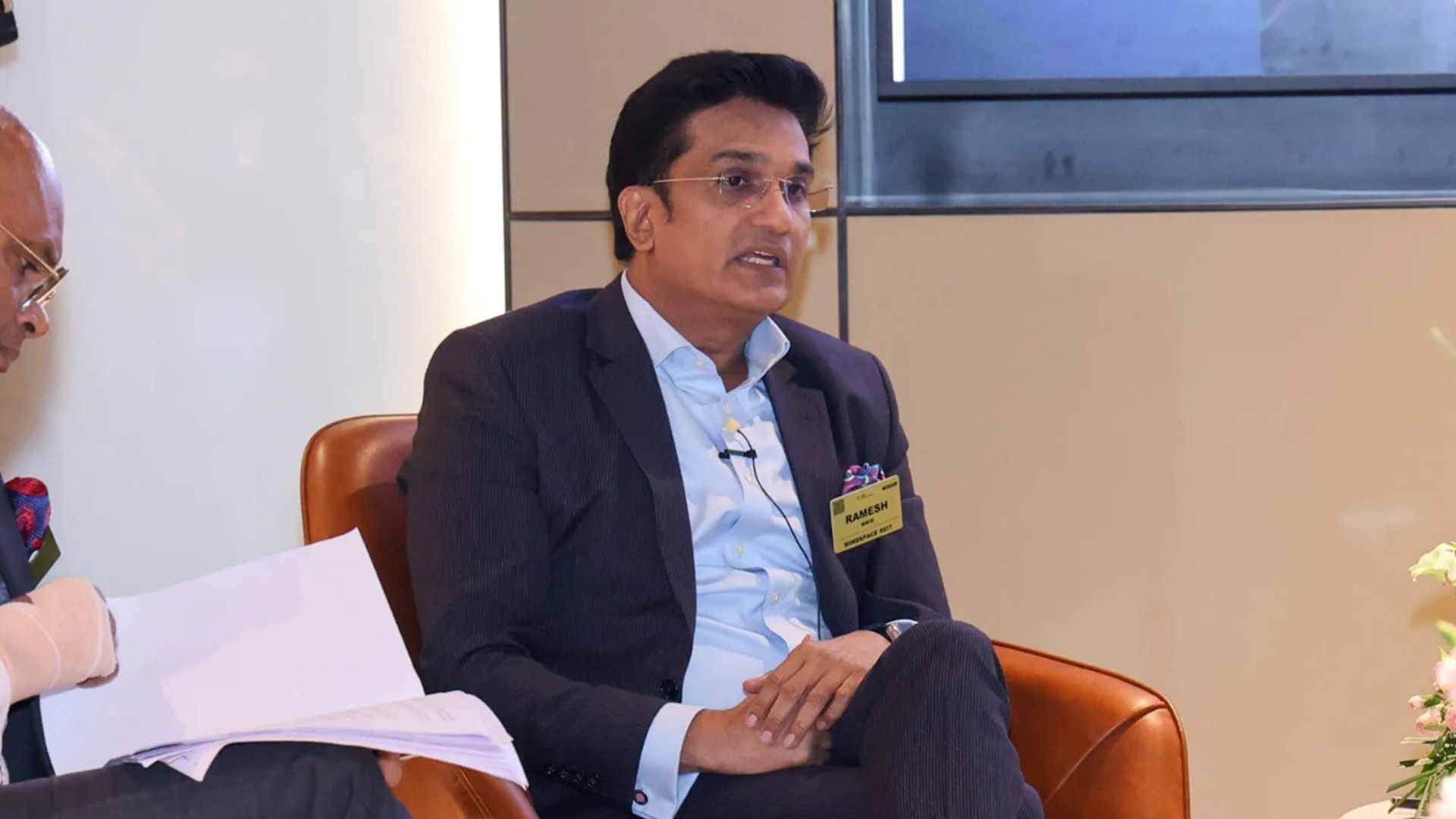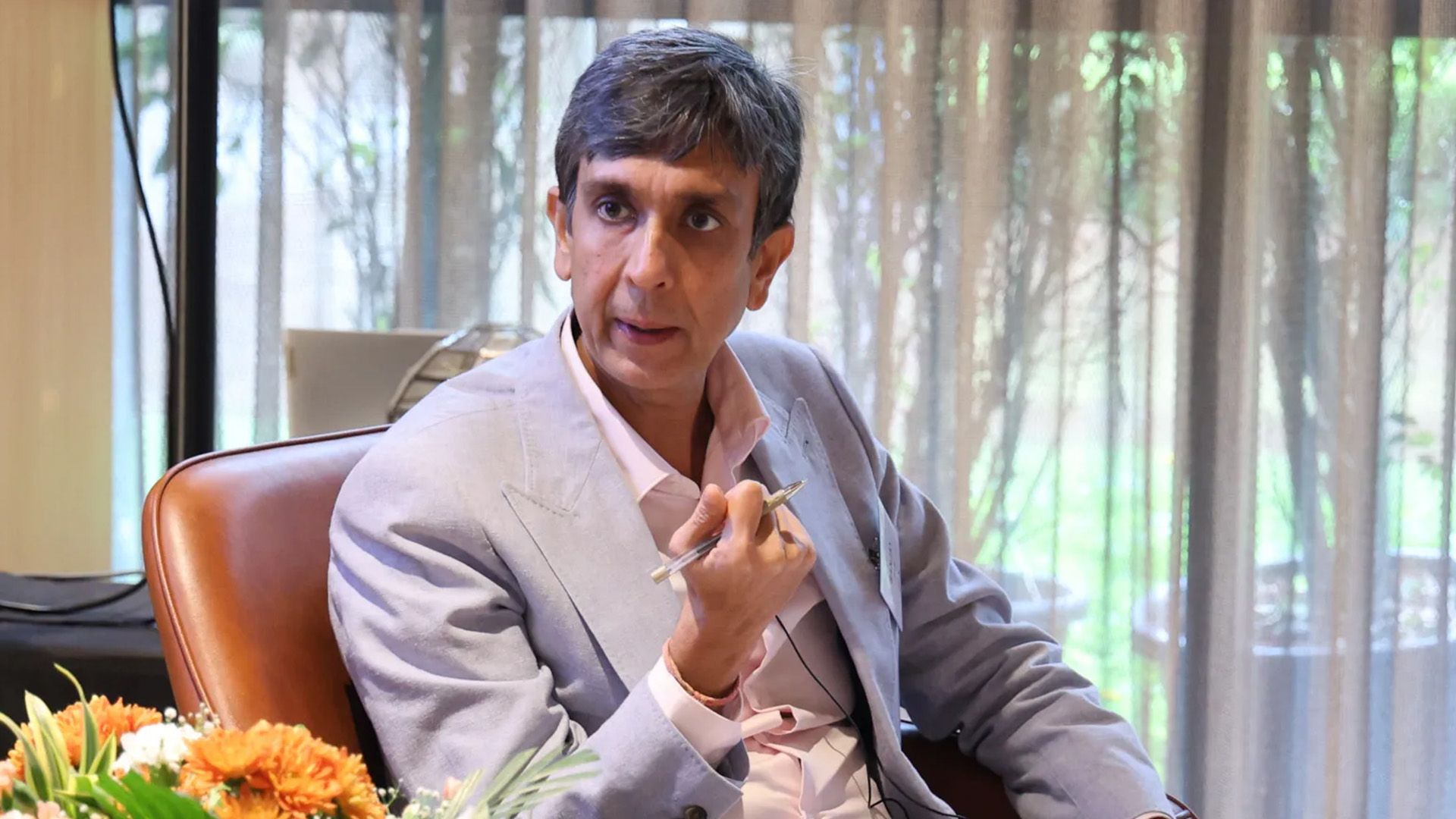 GRI Institute
GRI Institute“A market on steroids" - Why Pune is the next frontier for institutional capital
Mindspace REIT's Ramesh Nair & JLL's Sanjay Bajaj on Pune's explosive growth and the future of Indian CRE
Written by Jorge Aguinaga
Pune's commercial real estate market is demonstrating exceptional momentum, making it one of the most dynamic in India. This sentiment was captured perfectly at our second GRI Institute gathering in Pune, co-hosted by Mindspace Business Parks REIT.
During a fireside chat, Mindspace Business Parks REIT MD & CEO, Ramesh Nair, and JLL India's Senior Managing Director, Pune, Sanjay Bajaj, described the city as a "market on steroids" - a statement backed by an explosive performance, including a record 5.5 million square feet of office leasing in the first half of 2025 alone.
The high-level discussion revealed several key trends shaping the future of Indian real estate: a strategic prioritisation of high-growth cities like Pune, a deep consolidation of the market, and a fundamental redefinition of the commercial asset itself.
The Big Bet on Pune
A key trend highlighted was the strategic imperative for institutional capital to "go long on Pune," a move backed by a future development pipeline from major REITs of around 15 million square feet. This confidence is rooted in the market's record-breaking performance and its unique dynamics.
For example, the flex space sector now accounts for a remarkable 40% of recent deals - a record high for the city - signalling a mature and evolving demand base that institutional players are keen to capture. This combination of investment scale and evolving demand solidifies Pune's position as a calculated, top-tier destination for commercial real estate.
 With 30 years of industry experience, Mr. Ramesh Nair offered an insightful conversation as one of the most distinguished leaders in Indian real estate. (GRI Institute)
With 30 years of industry experience, Mr. Ramesh Nair offered an insightful conversation as one of the most distinguished leaders in Indian real estate. (GRI Institute)
The Great Consolidation
A seismic shift is reshaping India’s entire CRE landscape: the great consolidation of developers. The number of multi-city, institutionally-backed office developers has been cut in half, shrinking from roughly 30 to just 15 in the post-COVID era. This professionalisation has significant implications for the supply-demand dynamic.
While headline supply figures on paper may appear large, the actual delivery of high-quality, "relevant supply" in the right micro-markets is often constrained. This discipline prevents the market from being flooded with inventory, keeping fundamentals strong. In this new era of fewer, more sophisticated players, the path to success is clear: a long-term vision, a "super focus on governance and compliance," and the patience to hold and develop assets.
Beyond the Office Park
The discussion also revealed a clear evolution of the commercial asset itself, moving beyond the traditional office park to create diversified business ecosystems. This strategy is built on integrating three key asset types - data centres, hotels, and food & beverage (F&B) retail - to create a "halo effect" that enhances the overall value of the park.
Leading REITs have already made significant inroads, with substantial portfolios of data centres, where the model is to provide the "shell and core" infrastructure for expert operators.
Similarly, the strategy includes developing hotels within the parks on long-term, 20-to-30-year leases and a significant push into F&B retail, with nearly 90 new outlets added to portfolios in the last 18 months. This evolution from landlord to creator of integrated environments is central to building resilient, high-value assets for the future.
 With over two decades of experience, Mr. Sanjay Bajaj offered a sharp and insightful moderation as a leading figure in Pune's real estate market. (GRI Institute)
With over two decades of experience, Mr. Sanjay Bajaj offered a sharp and insightful moderation as a leading figure in Pune's real estate market. (GRI Institute)
The Case for REITs
The dialogue made a powerful, data-backed case for REITs as an optimal vehicle for CRE investment. The asset class has shown strong performance, with one leading REIT delivering an annualised return of 15.7% since its listing five years ago, and nearly 35% in the past year alone. This institutional performance stands in stark contrast to strata-sold office properties, which were described as a potential "recipe for disaster" for individual investors.
A major tailwind for the sector is the recent reclassification of REITs as an equity investment, a change that is expected to unlock a huge new pool of domestic capital. With only 300,000 current REIT investors compared to the millions in Indian equity markets, the growth potential is immense.
The Outlook
The discussion concluded by addressing key uncertainties on the horizon, including the impact of artificial intelligence (AI) and potential political shifts in the United States.
On AI adoption, the consensus pointed to a potential net gain of five million jobs for India, based on early World Economic Forum (WEF) research.
Regarding the effects of US tariffs, the underlying strength of India's significant cost advantage - with setup costs at just 20% of those in a developed nation - was seen as a powerful buffer.
The key takeaway was that despite global uncertainties, the structural advantages of specific markets are paramount. While the broader outlook requires vigilance, the optimism for Pune's future remains exceptionally strong.